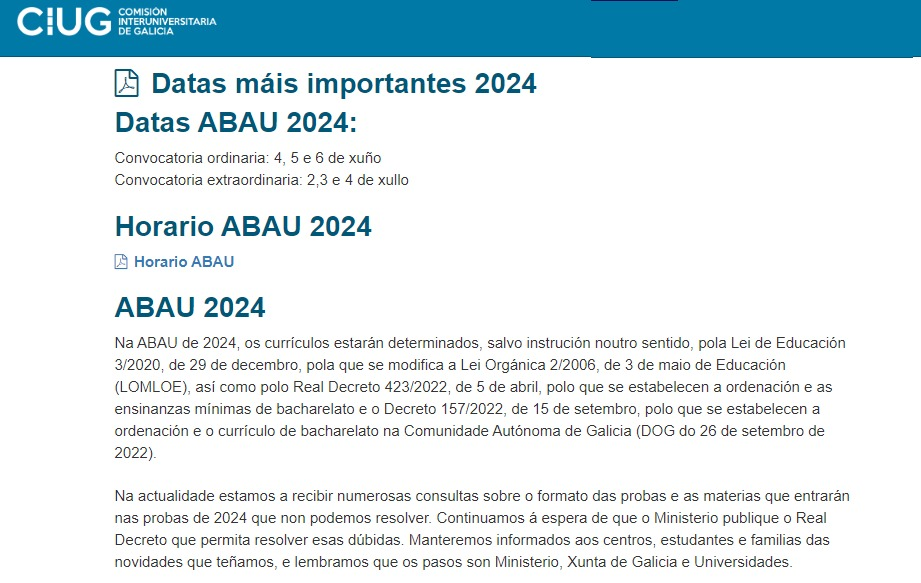Hola a todos: alumnos de Primaria, ESO… y por supuesto, a los valientes de Bachillerato.
Estamos a punto de cerrar un capítulo importante. Han sido meses largos, con madrugones, trabajos en grupo, tardes enteras frente a apuntes, risas en clase... y alguna que otra frustración también, porque no siempre ha sido fácil, ¿verdad?
Para los que estáis en Primaria o ESO, aún nos quedan unos días por delante. No es momento de bajar el ritmo, pero sí de mirar hacia atrás y ver cuánto habéis crecido. Sí, incluso si a veces sentís que no habéis avanzado tanto... lo cierto es que sí lo habéis hecho. Queda poco: el curso termina el
20 de junio, así que aguantad ese poquito más. Merece la pena.
Y a vosotros, alumnos de Bachillerato, que tenéis la Selectividad justo a la vuelta de la esquina, los días 3, 4 y 5 de junio… qué deciros. Sabemos que lleváis tiempo preparándoos: repasando temarios, haciendo esquemas, repasando otra vez, dudando, volviendo a intentarlo… Y es que esto no se prepara de un día para otro. Lo habéis peleado.
Ahora toca lo más difícil y, a la vez, lo más sencillo: confiar en todo lo que ya sabéis.
No es momento de exigir la perfección, sino de dar lo mejor de uno mismo, con calma, con cabeza… y con corazón. Pensad en esto como el último tramo de una carrera que empezasteis hace tiempo. Ya visteis la meta. Ahora solo hay que llegar.
¿Y si me quedo en blanco?
¿Y si no me sale bien?
Claro, esos pensamientos vienen.
Es normal.
Pero recordad: no estáis solos.
Tenéis a profes que os acompañan, a compañeros que sienten lo mismo, y a familias que están orgullosas de vuestro esfuerzo —pase lo que pase.
Así que… respira hondo. Duerme bien. Come algo rico. Y sigue. Un poco más. Porque sí: ya casi estamos.
Lo dicho: el curso termina el 20 de junio. A veces parece lejano, pero ya casi podemos tocarlo con los dedos. Un último empujón. Estamos con vosotros.
Estoy preparando cosas bonitas para verano. (¡¡¡Sin fichitas!!!) Si queréis, hablamos.




